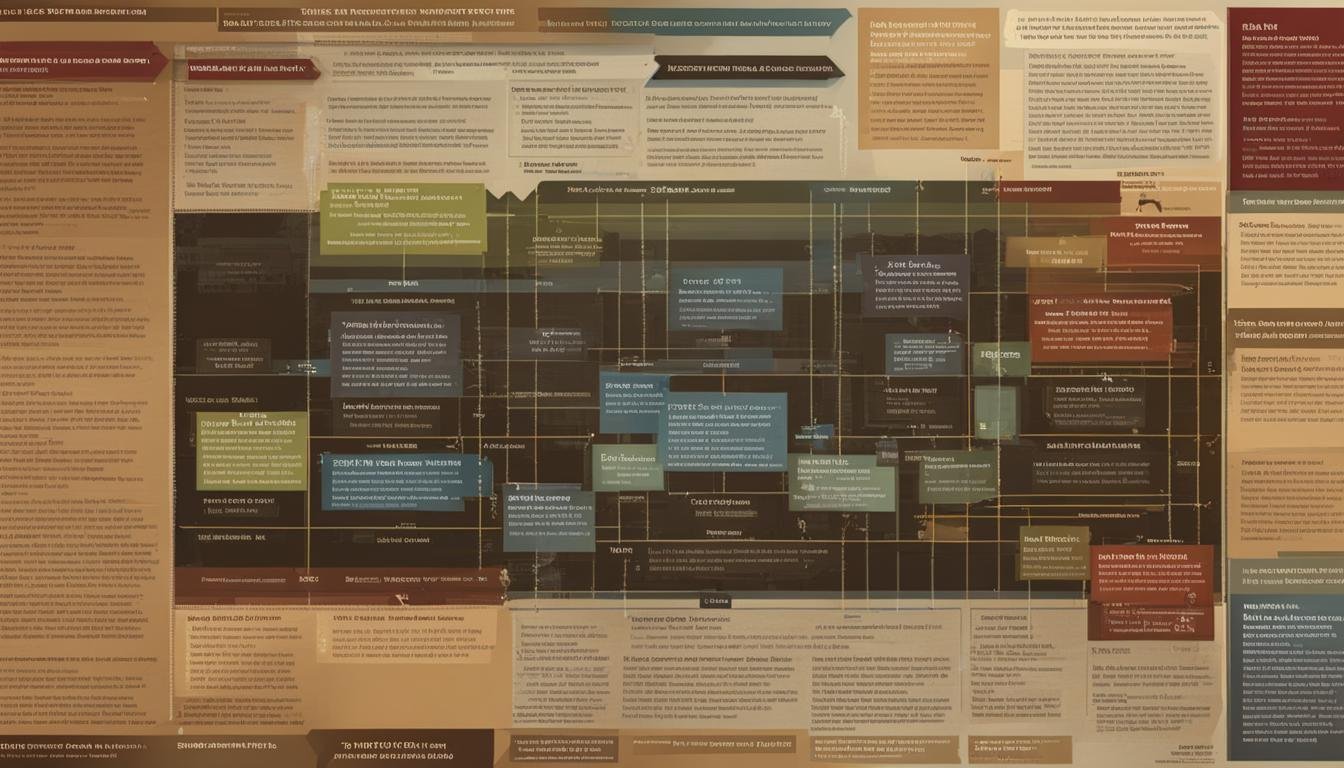The GI Bill, officially known as the Harry W. Colmery Veterans Educational Assistance Act, has undergone several changes over the years to adapt to the needs of veterans and their families. These changes include the expansion of eligibility for certain groups, the consolidation of benefit levels, and updates to housing allowances.
Key Takeaways:
- GI Bill eligibility has evolved to accommodate the needs of veterans and their families.
- Changes include the expansion of eligibility for certain groups and updates to housing allowances.
- Purple Heart recipients are now entitled to 100% benefits for up to 36 months.
- The consolidation of benefit levels has removed the 40% benefit level and expanded the 60% benefit level.
- The GI Bill has had a significant impact on education and housing opportunities for veterans and their families.
Key Changes to GI Bill Eligibility
Over the years, the GI Bill has undergone significant modifications to adapt to the evolving needs of veterans and their families. These changes have aimed to expand eligibility and provide greater support and opportunities for veterans seeking education and training. Let’s explore some of the key changes to GI Bill eligibility.
Inclusion of Reserve Duty
One important change is the inclusion of reserve duty towards Post-9/11 eligibility for Reservists who have been ordered to active duty for medical care or disability evaluations since September 11, 2001. This change recognizes the service and sacrifices made by Reservists and ensures they can access the educational benefits they deserve.
Purple Heart Recipients
Another significant change is the entitlement of Purple Heart recipients to 100% GI Bill benefits for up to 36 months. This enhancement acknowledges the bravery and sacrifice of those who have been wounded in combat, providing them with the maximum level of assistance for their education and training.
Consolidation of Benefit Levels
The consolidation of benefit levels is another notable change to GI Bill eligibility. The 40% benefit level has been removed, and the 60% benefit level has been expanded. This streamlining of benefit levels simplifies the process and ensures veterans have access to a more comprehensive range of educational benefits.
These changes to GI Bill eligibility criteria have had a meaningful impact on veterans and their families, allowing them to pursue education and training with greater financial support. By recognizing the contributions and sacrifices of Reservists, Purple Heart recipients, and veterans at large, the GI Bill continues to play a crucial role in furthering the education and career opportunities of those who have served our country.
| Key Changes to GI Bill Eligibility | Description |
|---|---|
| Inclusion of Reserve Duty | Reservists ordered to active duty for medical care or disability evaluations since September 11, 2001, are now eligible for Post-9/11 benefits. |
| Purple Heart Recipients | Purple Heart recipients are entitled to 100% benefits for up to 36 months. |
| Consolidation of Benefit Levels | The 40% benefit level has been removed, and the 60% benefit level has been expanded, providing a more streamlined and comprehensive range of educational benefits. |
Impact of the GI Bill on Education and Housing
Since its inception, the GI Bill, also known as the Harry W. Colmery Veterans Educational Assistance Act, has had a profound impact on education and housing. This legislation has enabled countless veterans and their families to pursue higher education, leading to a significant increase in college and vocational school attendance across the United States.
Through the GI Bill, veterans have been able to access financial assistance for tuition fees, books, and living expenses, making education more attainable and affordable. As a result, more Americans have obtained degrees and gained valuable skills, contributing to their personal growth and career advancement.
In addition to its effect on education, the GI Bill’s home loan provision has played a vital role in shaping the housing landscape. By offering veterans favorable loan terms and low-interest mortgages, the bill has facilitated homeownership for millions of veterans. This provision contributed to the post-war housing boom and continues to provide opportunities for veterans and their families to secure stable housing.
Throughout its history, the GI Bill’s eligibility requirements have undergone adjustments to better support and provide opportunities for veterans. These historical changes have ensured that the bill remains relevant and effective in meeting the evolving needs of the veteran community. By acknowledging the historical significance of these eligibility adjustments, we can appreciate the lasting impact the GI Bill has had on education and housing for generations of veterans.



